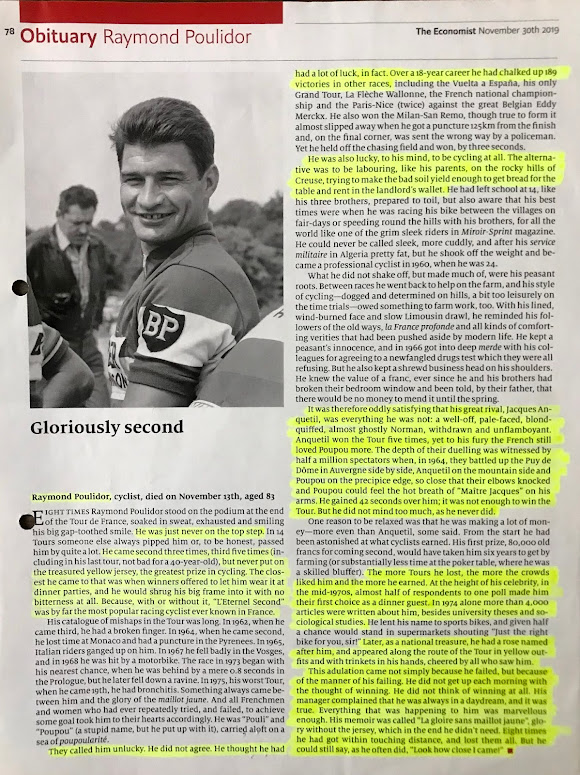Shriram Group announced a restructuring of the group companies on Dec 13, 2021. The restructuring entails merger of listed operating companies Shriram Transport Finance (STFC) & Shriram City Union Finance (SCUF) and an unlisted company Shriram Capital (post the demerger of insurance and other non-lending businesses).
A couple of concerns which have been raised in the media about the restructuring:
- Holding of Shriram Ownership Trust (SOT)-the promoter in the merged entity would be ~12%, which is considered low by some observers. Low enough that they have contemplated a ratings downgrade by rating agencies.
I am not well aware about the mechanics of ratings but by simple logic, the number of shares held by SOT pre restructuring and post restructuring remain the same. The trust has not sold a single share in the last so many years. In fact, it has added to its share count by buying shares of SCUF from the open market in 2020 (here), buying shares of STFC in 2019 and infusing additional capital in STFC through preferential issue of shares (here). If the rating agencies were fine with the number of shares held by SOT earlier, why should it create a problem now when SOT has higher number of shares?
We also have a case of HDFC Limited which is a lender with no identifiable promoter. Directors and employees of HDFC Limited own a stake which is in low single digits. The majority shareholding in HDFC rests with institutions and foreign investors.
If no identifiable promoter and low shareholding of employees is not a concern in the case of HDFC, how should it be a concern for the merged entity of Shriram where there is a clearly identifiable promoter and employees (through a Trust) own a ~12% stake?
- The second concern is about the discount which should have been given to Shriram Capital while merging the same in the restructuring. The rationale is that Shriram Capital is a holding company and holding companies sell at a large discount to their intrinsic values, hence Shriram Capital should have been valued at a discount in the restructuring scheme.
It's not a Biblical commandment that holding companies should be valued at a discount. Holding companies sell at a discount because shareholders in them neither get access to the cash flows of the investee companies nor they fully enjoy price appreciation of the investee companies since the investments are never sold /unlikely to be sold. Hypothetically, if a holding company were to announce a scheme where it would be wound up and the shareholders would get their proportional share of the investments which they can freely sell in the market- the discount to the intrinsic value of the holding company would evaporate in no time (ignoring frictional costs and taxation).
In the case of Shriram Capital, it was a privately owned investment vehicle which held investments in STFC and SCUF. In the merger, the investments are being proportionally allocated to the shareholders of Shriram Capital. I believe it’s a completely fair game and there is no reason for a discount to be present in the restructuring scheme.
- The third concern is about the challenges which the merger can throw both in terms of HR integration and business integration. This is a valid concern and only time will tell how the dust would settle. However, on a probabilistic basis the odds are higher that the merged entity should be able to handle any such challenge given the strong pedigree of the business and the management.
(This post is not an investment advice. It is meant for discussion purposes only. My clients and I are invested in both STFC and SCUF)




